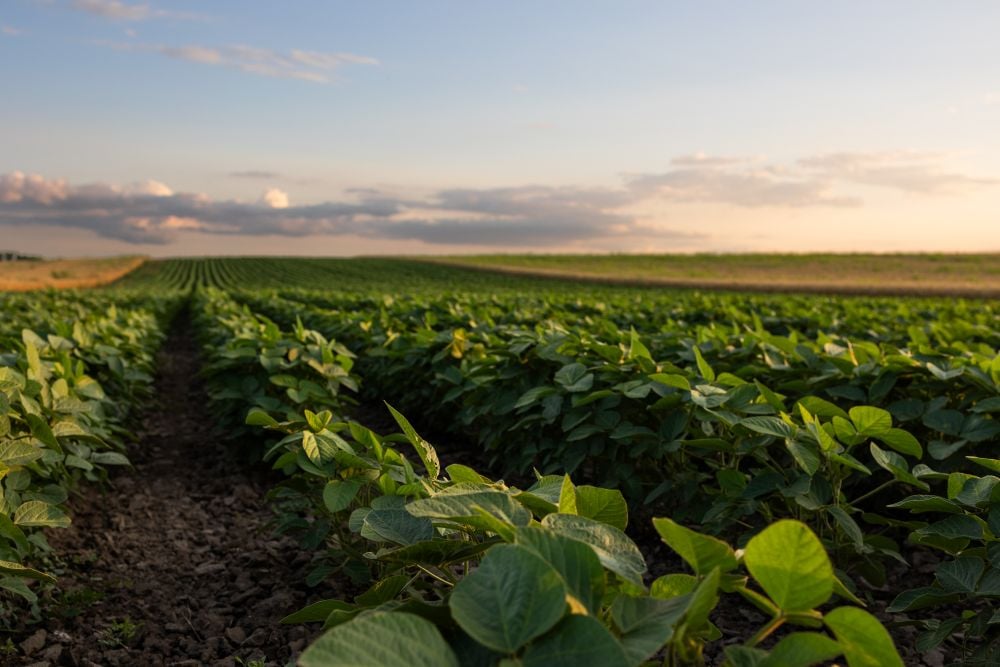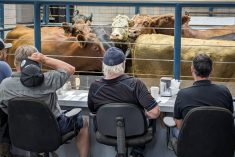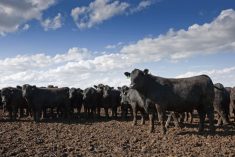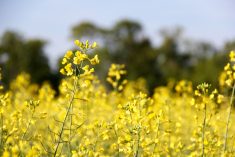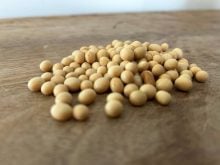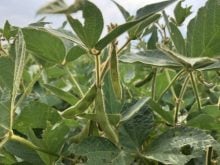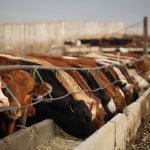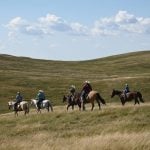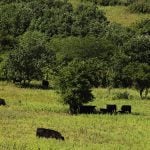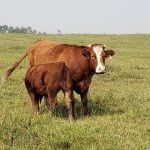Southern Alberta has received over 200 percent of normal precipitation over the past 30 days. Pen conditions are rated poor to very poor in the main feeding pockets of Alberta. Saskatchewan and Manitoba have received less than 40 per cent of normal while Central Alberta has normal to below normal precipitation.
For the week ending April 13, replacements in Southern Alberta over 750 pounds were down a solid $10/cwt from a week earlier. In other areas of Western Canada, backgrounded yearlings were unchanged to down $5/cwt. Calves under 750 pounds were unchanged to down $10/cwt across the prairies.
Read Also
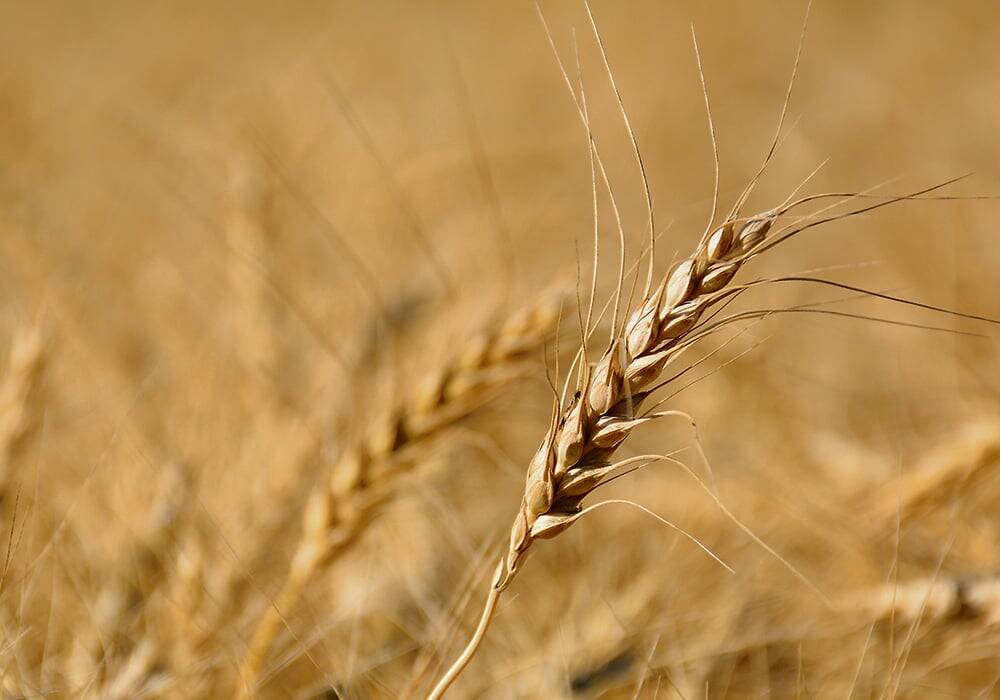
Prairie CWRS bids rise, other wheats mixed
Canada Western Red Spring (CWRS) wheat bids across the Prairie provinces saw some strength during the week ended Nov. 11, taking some direction from the United States futures. However, other wheat classes were mixed.
Weakness in the deferred live cattle futures contributed to the softer tone. Feeding margins remain in negative territory for August through December. Feedlot operators are concerned there could be a prolonged stretch of equity erosion during the 2024/25 crop year.
Backgrounding operators have cattle to move over the next 30 days and feedlot operators are aware of the available numbers. Most feedlots are holding sufficient numbers for the time being. Grasser demand has eased as the farmer/cattle producer prepares for seeding. The cattle investor is gone for the season and will come back in August. The buying crowd is smaller at this time of year.
Near Lethbridge, a larger group of Angus mixed steers with full processing data on controlled weight gain, light grain, and corn silage diet averaging 850 pounds were quoted at $323/cwt FOB backgrounding feedlot. This was down about $20/cwt from late March before the snow. In the Red Deer region, Simmental blended steers on forage diet with health data weighing 800 pounds were valued at $342/cwt FOB feedlot while their sisters averaging 790 pounds were priced at $310/cwt. Northwest of Winnipeg, Charolais steers weighing 750 pounds apparently traded for $380 at the ring and 700 pound Charolais heifers reportedly moved at $336.
Southeast of Saskatoon, a group of red mixed, weaned steers just over 600 pounds supposedly traded for $402. In the same region, black Limousin cross weaned heifers weighing 610 pounds reportedly sold for $355. In Central Alberta, a larger group of mixed, uniform, weaned steers weighing 575 pounds were last bid at $420. Northeast of Saskatoon, a small package of quality silvers around 540 pounds notched the board at $442. In Central Alberta, mixed weaned red steers weighing 500 pounds set the bar at $470 and mixed heifers on the card at 510 pounds apparently traded for $400.
The USDA WASDE report on Thursday had second quarter beef production at 6.750 billion pounds, up form the 2023 second quarter output of 6.710 billion pounds. The fundamentals are not as tight as earlier anticipated due to larger available supplies of market-ready fed cattle.
— Jerry Klassen is president and founder of Resilient Capital, specializing in proprietary commodity futures trading and market analysis. Jerry consults with feedlots on risk management and writes a weekly cattle market commentary. He can be reached at 204-504-8339 or via his website at ResilCapital.com.

